Hello, my friends,
The sumo tournament ended last night with relative newcomer Oonosato taking the whole thing! Perhaps we have a new sumo superstar on our hands? In other fighting news, Michael took his first Brazilian Jiu Jitsu (BJJ) class on Wednesday at a school that recently moved in down the street from us. In 2014 (10 years ago!!), I wrote a blog post called “10 Reasons Why I like Brazilian Jiu Jitsu” and I still stand behind all ten, so I’m glad we are able to get Michael involved in the sport. He’s a fan of rolling around and, according to the teacher, very coordinated, though his attention is…well, kind-of skittish. He’s five so that can improve. I’ve got to say, it was hard for me to not jump onto the mat as well. Whatever happens in the future, for now I’m just training for the 5K at the end of July. The last time I ran all three miles, my time was 34:30, which was already within my goal of 30-35 minutes. I’m going to keep going on work to bring it down to as close to 30 minutes as possible. That means my mile-time will need to improve by quite a bit. Practice makes faster.
Art Walk
For every week’s newsletter, I take a little trip through the annals of art by selecting works that are somehow related to the subject of each section. Sometimes, those choices are obvious while at other times find just the right piece is a journey towards serendipity. Today, I’ll take you on a walk around a virtual art gallery with the only connection between the pictures being that they caught my attention while I meandered through the halls of aesthetics.
We’ll start with an unexpected subject for a portrait, a boy holding a football and wearing a fetching sweater standing before a bucolic background. Had the boy been looking directly at us, there would have been a feeling of confrontation. Instead, his gaze is over the artist’s right shoulder giving the portrait a pensive mood. I have an album on wikiart.org called “Odd Portraits” and that is where I’ve kept this one until now.
There are a few artists whose bold and memorable colors are particularly resonant for me. Van Gogh’s irises are a special purple, Seldon Connor Gile’s yellow and oranges have a distinctly California appeal. This painting by French artist Albert Marquet (1875-1947) isn’t as distinctive in its coloration as some of his others, but I’m drawn to the feeling of being both inside and outside of the scene; the artist is a bystander capturing a room that doesn’t know he exists by magic or the custom of ignoring strangers in a public place. Looks at the green of the table on the right and the yellow underside of the table. They’re nice, aren’t they?
Our next work combines aspects of the previous works: Marquet’s post-impressionist style with Grant Woods regionalist quality (though for a different region). I’ve also been eating a fair amount of mushrooms lately, so why not let the art reflect life a little, too. While I don’t often go in for still lifes, the color and orientation of these objects is pleasing to my soul. An interesting bit of trivia for you: The artist, Pyotr Konchalovsky, was born in what is now eastern Ukraine and his family immigrated to Moscow when he was a teenager. His daughter was married to Sergei Mikhalkov, who wrote lyrics for both the Soviet and the current Russian national anthems. I write these things gently but my mind cannot stop asking why is there war.
With Oleksandr Bogomazov’s painting we’re starting to edge towards abstraction, but not completely. The angles, the lines going in all directions, and the man working at the dangerous apex of the electric pole are all anxiety-provoking. Frankly, I didn’t want you to get too comfortable with stylish sweaters, cafes, and cozy mushrooms. A change in atmosphere shocks our senses back to attention.
Another effective, though sophomoric, way to get attention is by making faces. I was today years old when I learned of the 17th-century Dutch art genre “tronie” which is essentially paintings of the facial expressions of unnamed subjects occasionally dressed up as characters. Such as this “bitter drunk.” As a face-dancer myself, I feel my facial muscles twitching just a tiny bit when I look at these type of paintings. Let me go, my face says, I’m ready to dance!
And then we have, of course, artists who drew squares:
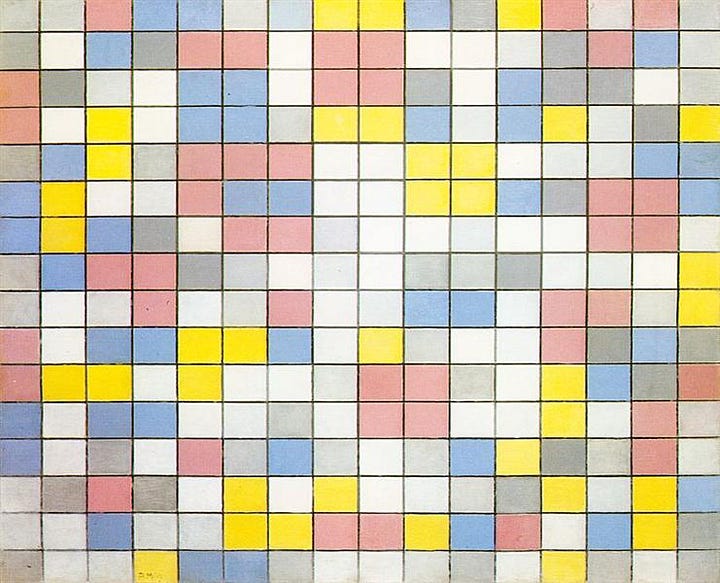

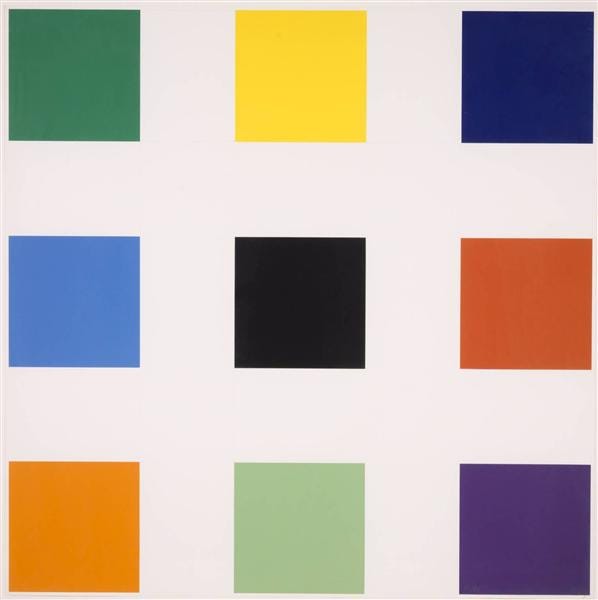

Abstraction, to me, is like an adjustable showerhead — it can be turned to spray into hand-drawn squares or algorithmic creations. The insightful part of abstract are the answers to questions that start with, and continue past, “Okay, but what is it?” When I see “IRB 8-9” (below), my first move isn’t to figure out what it is, or represents. Obviously, it is not some recognizable object or symbol. It’s geometric qualities are aesthetically pleasing, which drew me to it. When it comes to “cyber art”, though, as with some other contemporary art, of interest also is how it was made — with what and why. I don’t know the answers to those questions regarding this piece, but I may, at some points, do more research and find out.
What elements of visual art capture your attention? The only way to know is to look. To go to museums and see with raw eyes or, look at representations of works online. There are numerous websites that allow you to cruise the art world looking for everything and nothing in particular. A journey requiring no destination, that is freedom.
If you want go beyond an interest in art, my extremely creative friend Ezra has a newsletter called Colorphilia where he takes you on deep-dives into the social, linguistic, artistic, and other perspectives on color. It’s a wild ride!
Time Machine
Here’s what I wrote in HMF a year ago (in issue #14):
Great T’s: A historical tour of some t-shirts I’ve owned.
Sand Sport: Very short tribute to beach volleyball, and team sports in general.
Options for the Fox: Drawing a parallel between financial options and hedging interests by being a little bit knowledgeable about a lot of things.





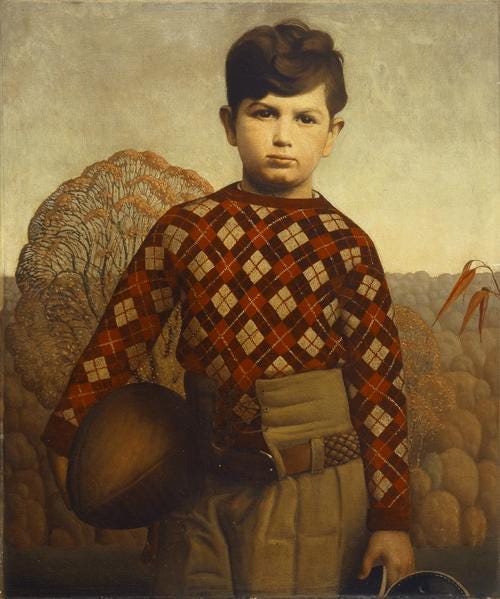
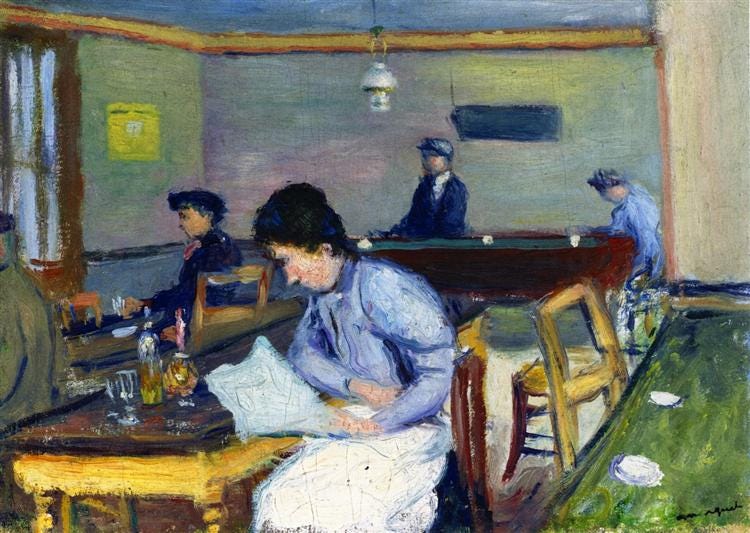


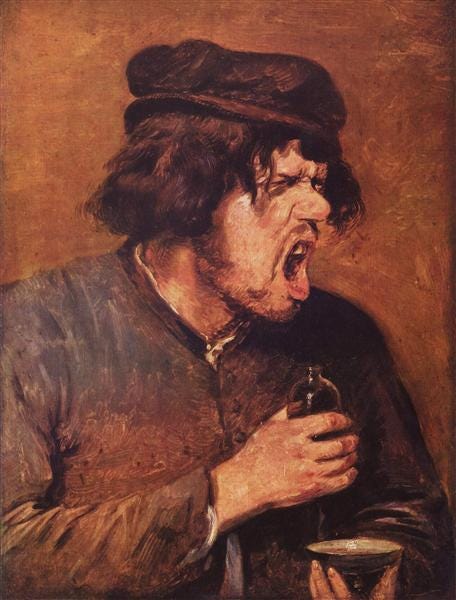

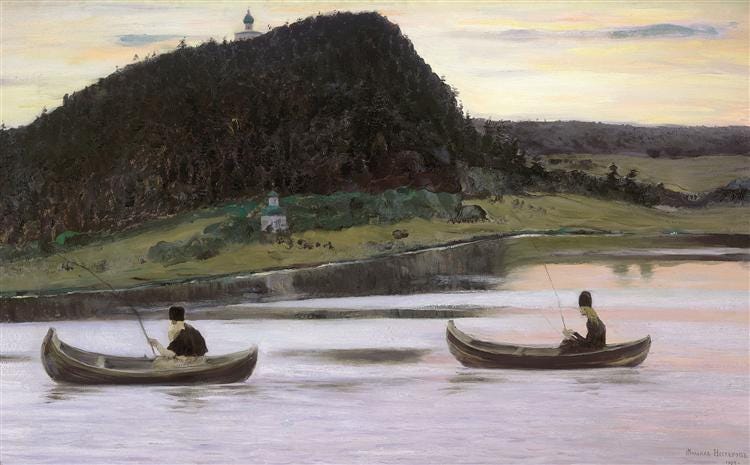
'Face-dancer' - what a wonderful phrase! Shall have to adopt that.
but wait - I could've sworn that was Michael in the plaid sweater lol